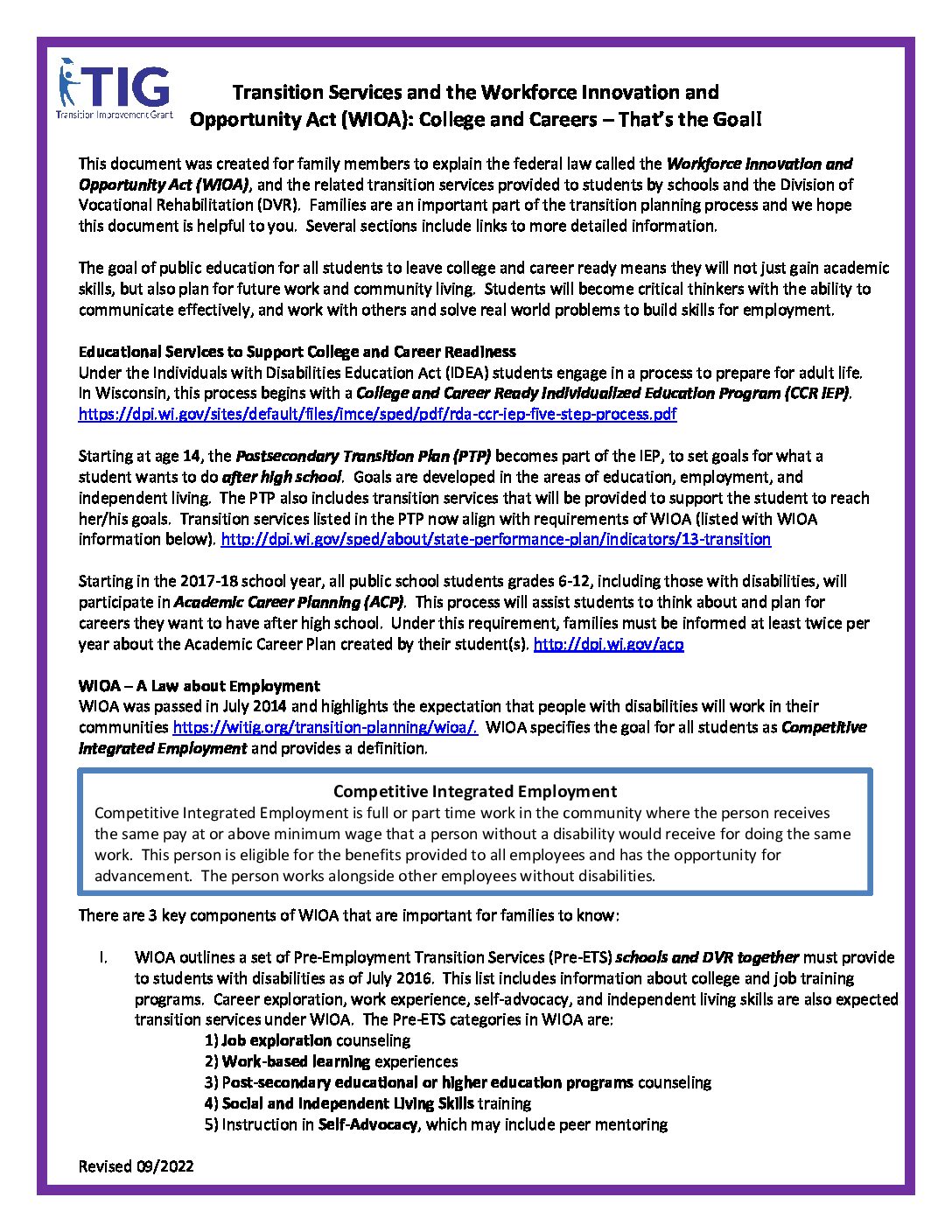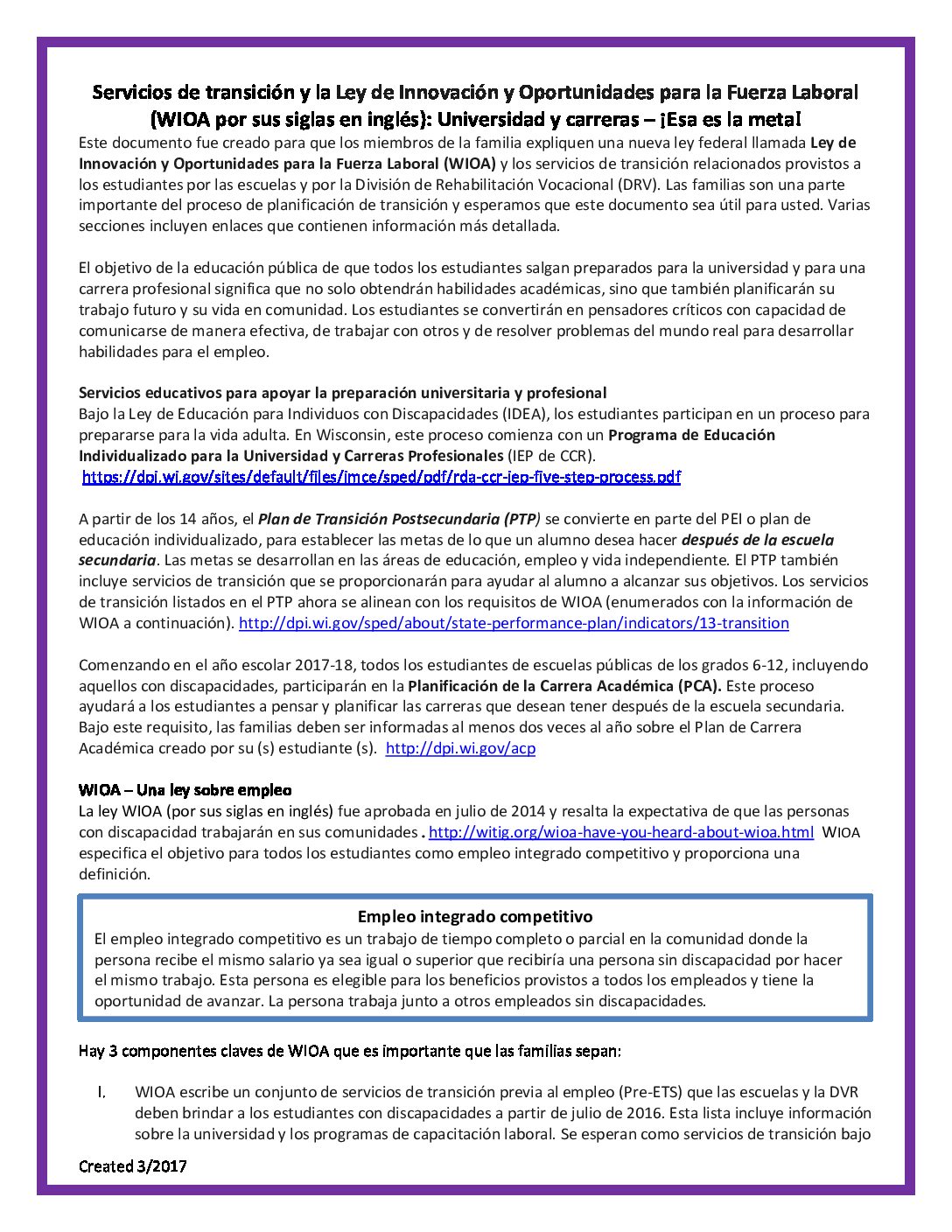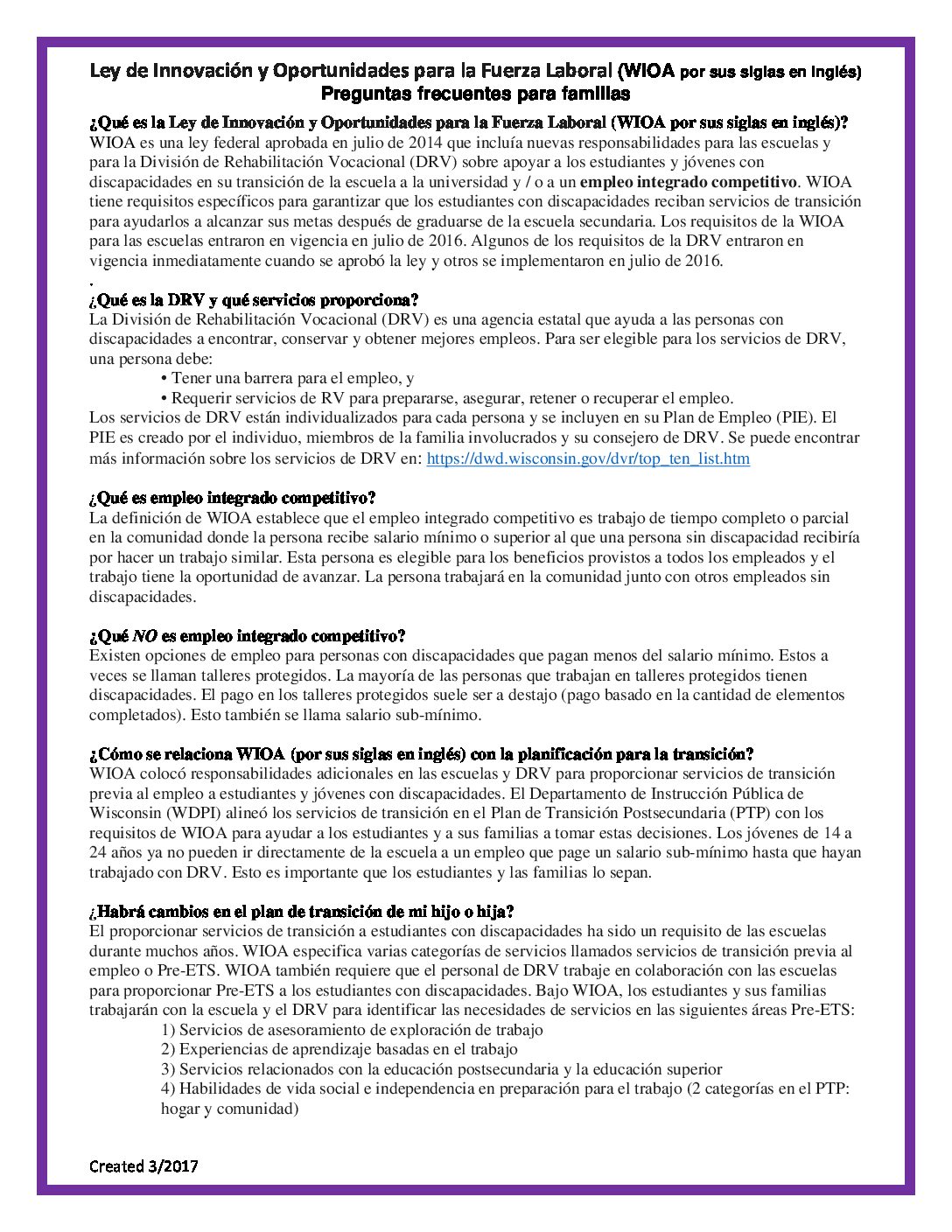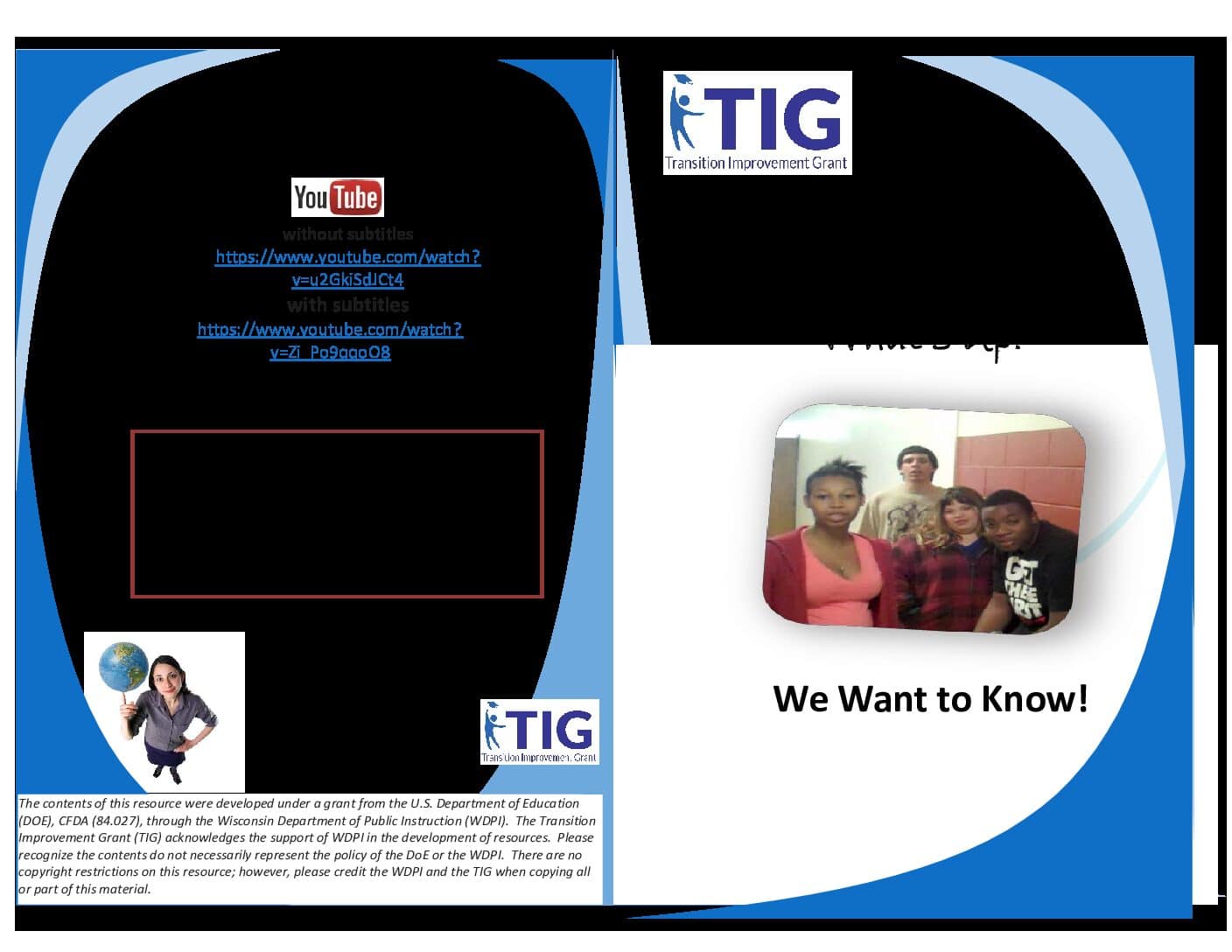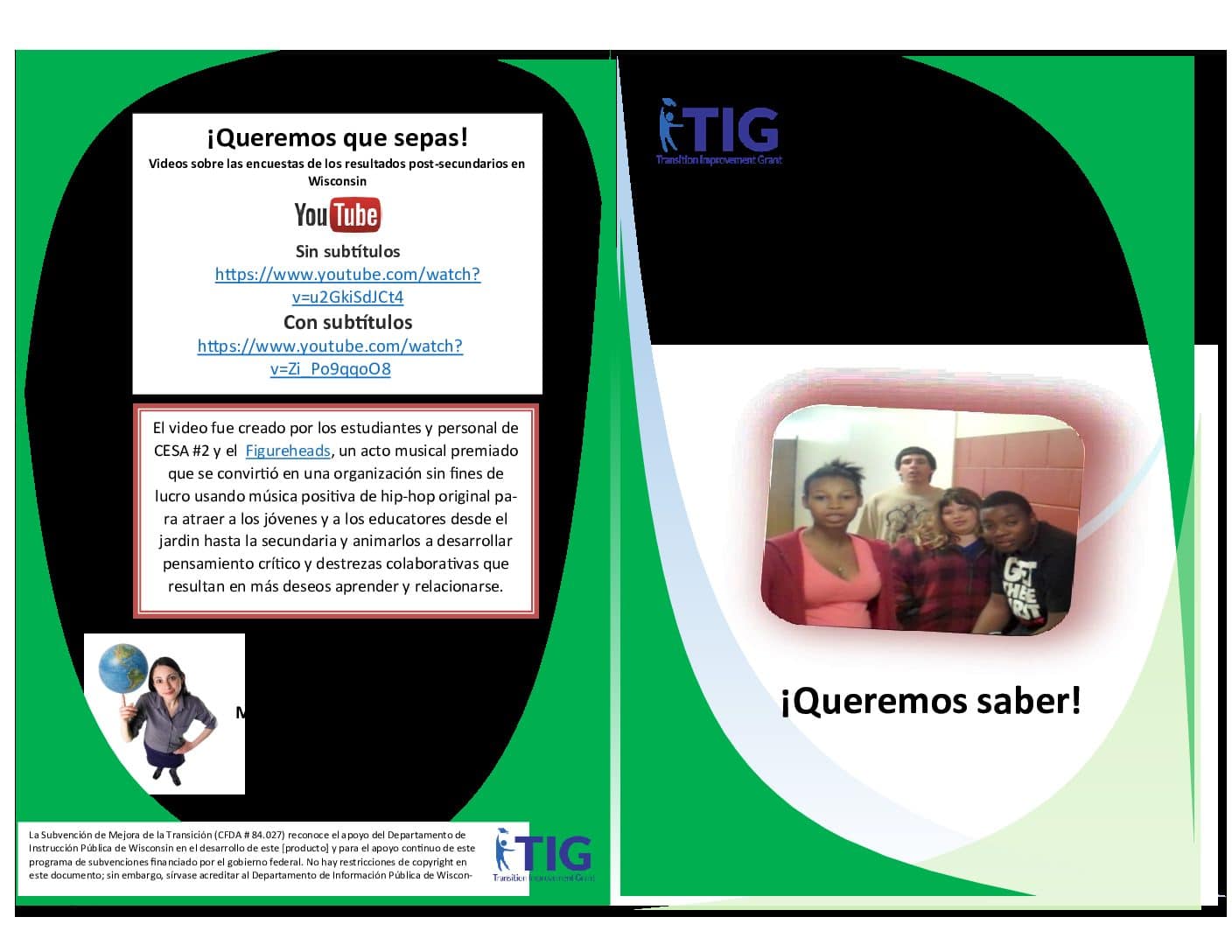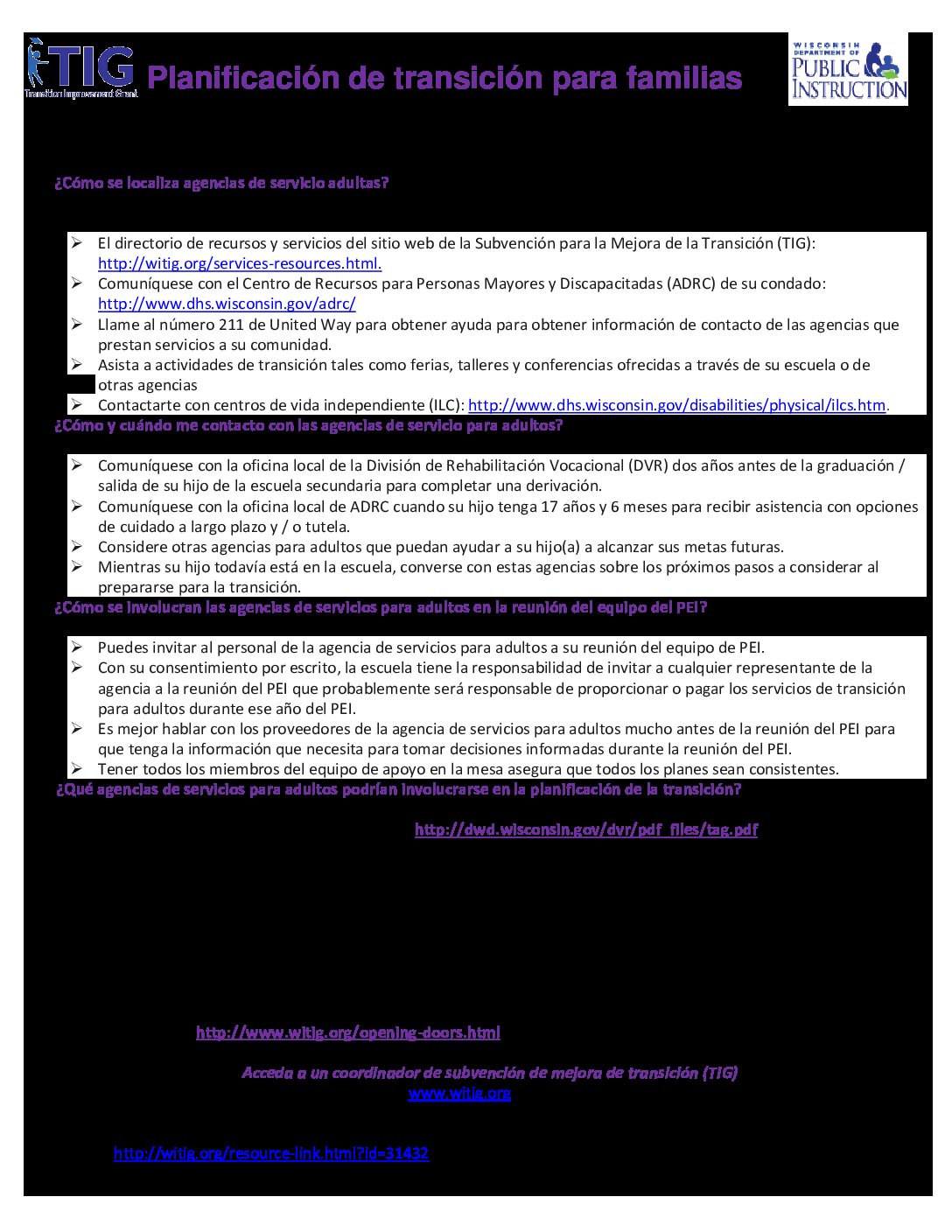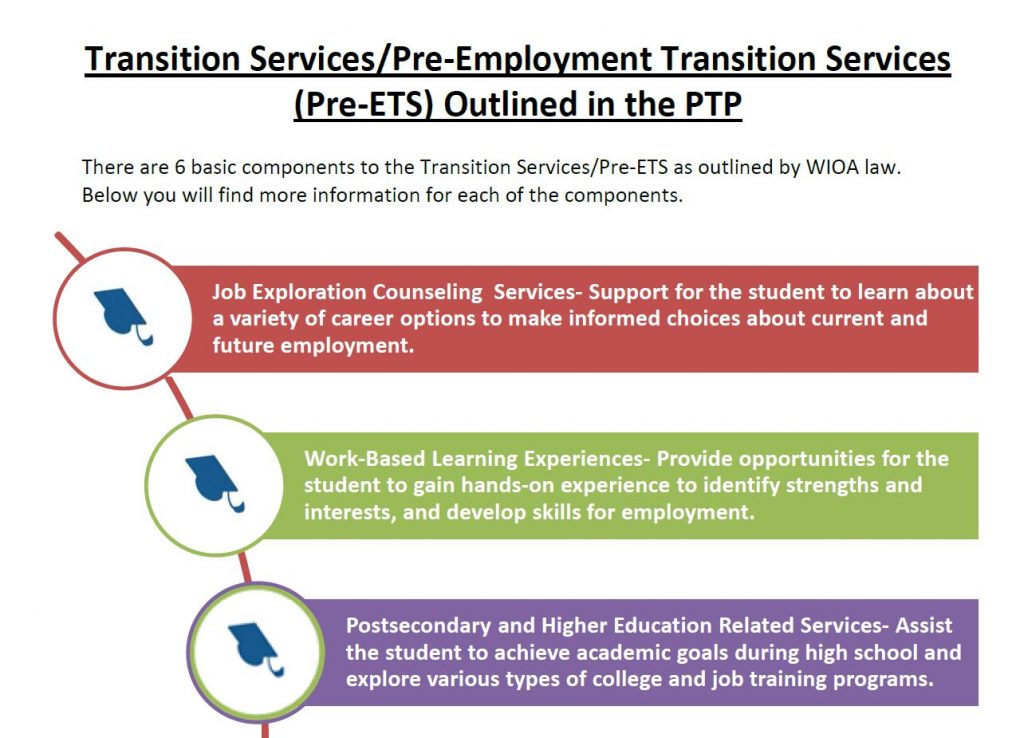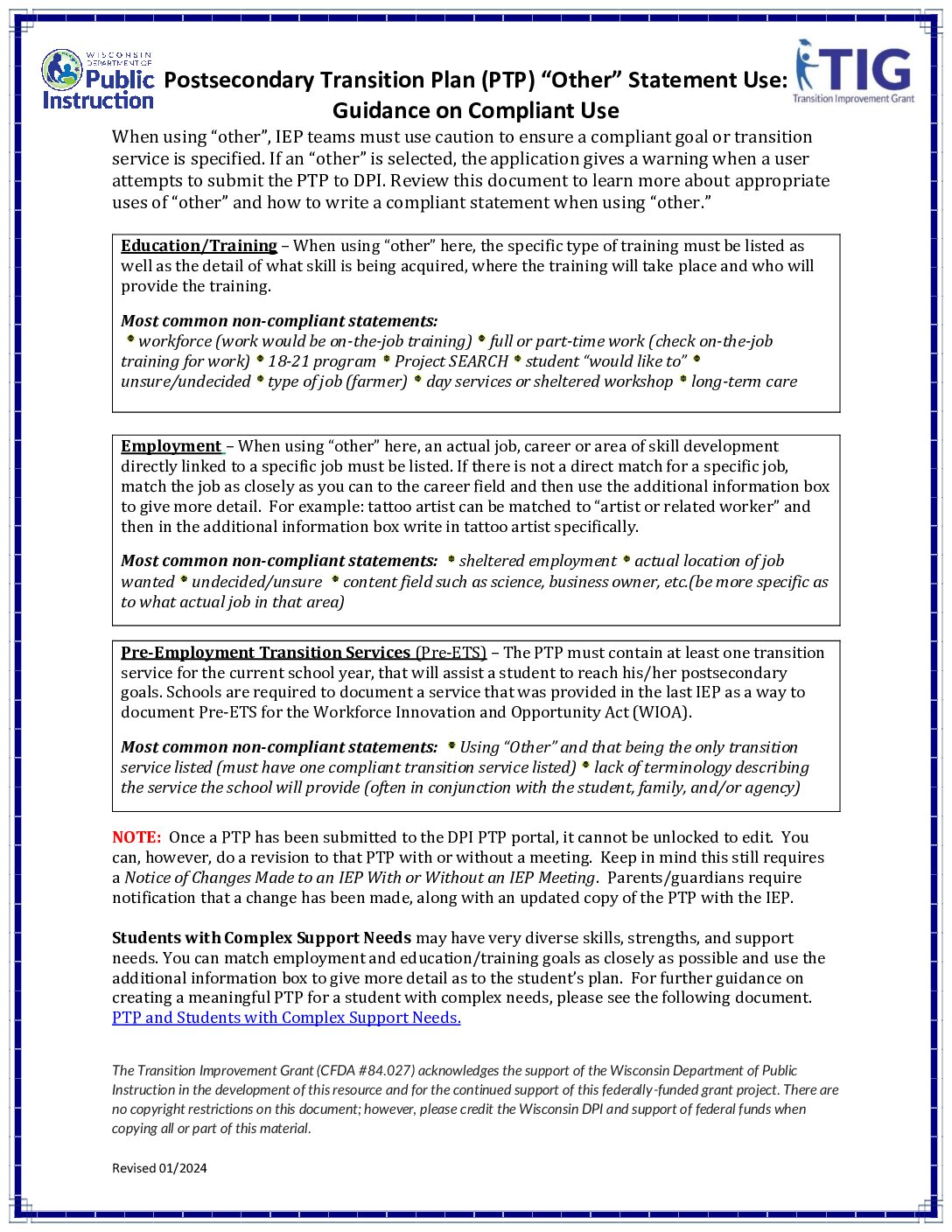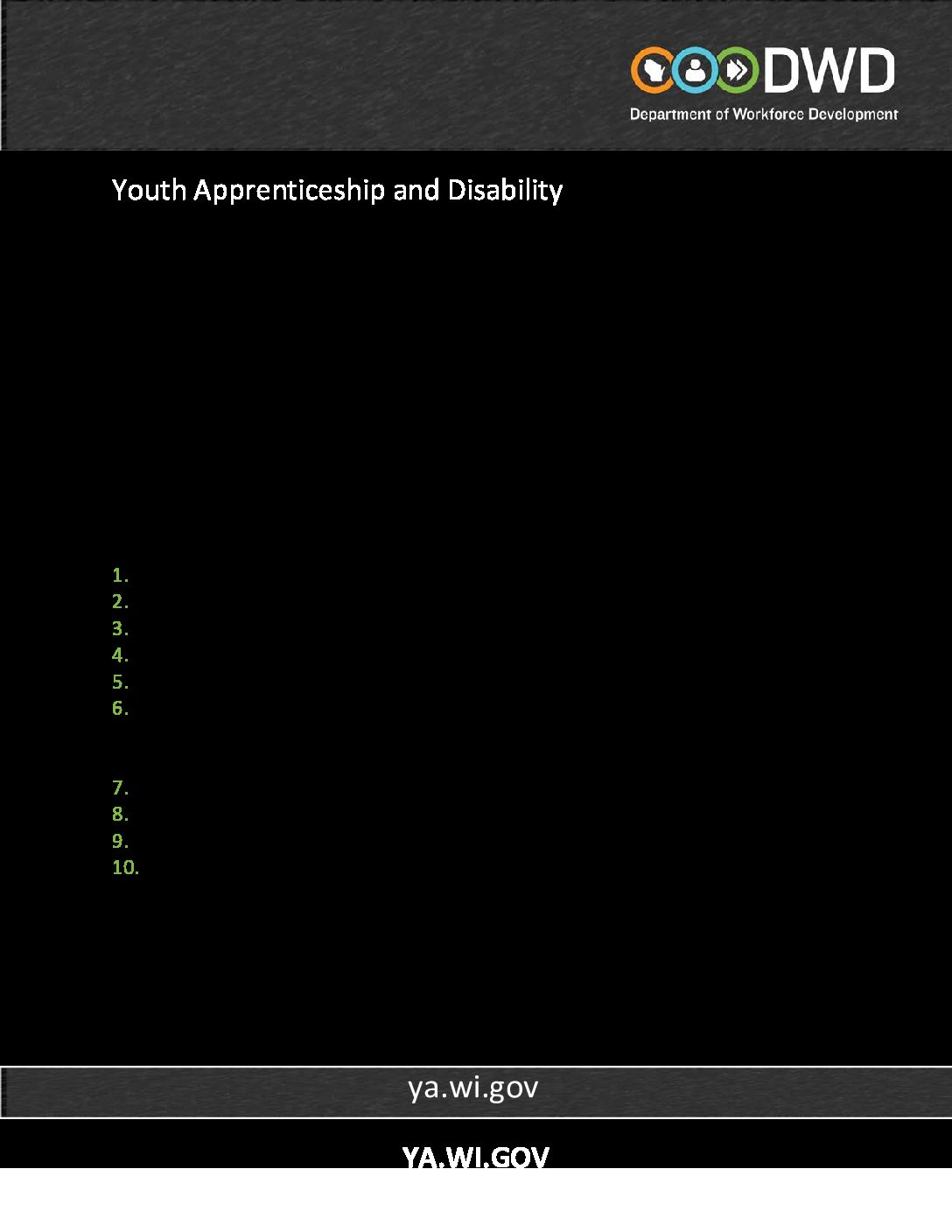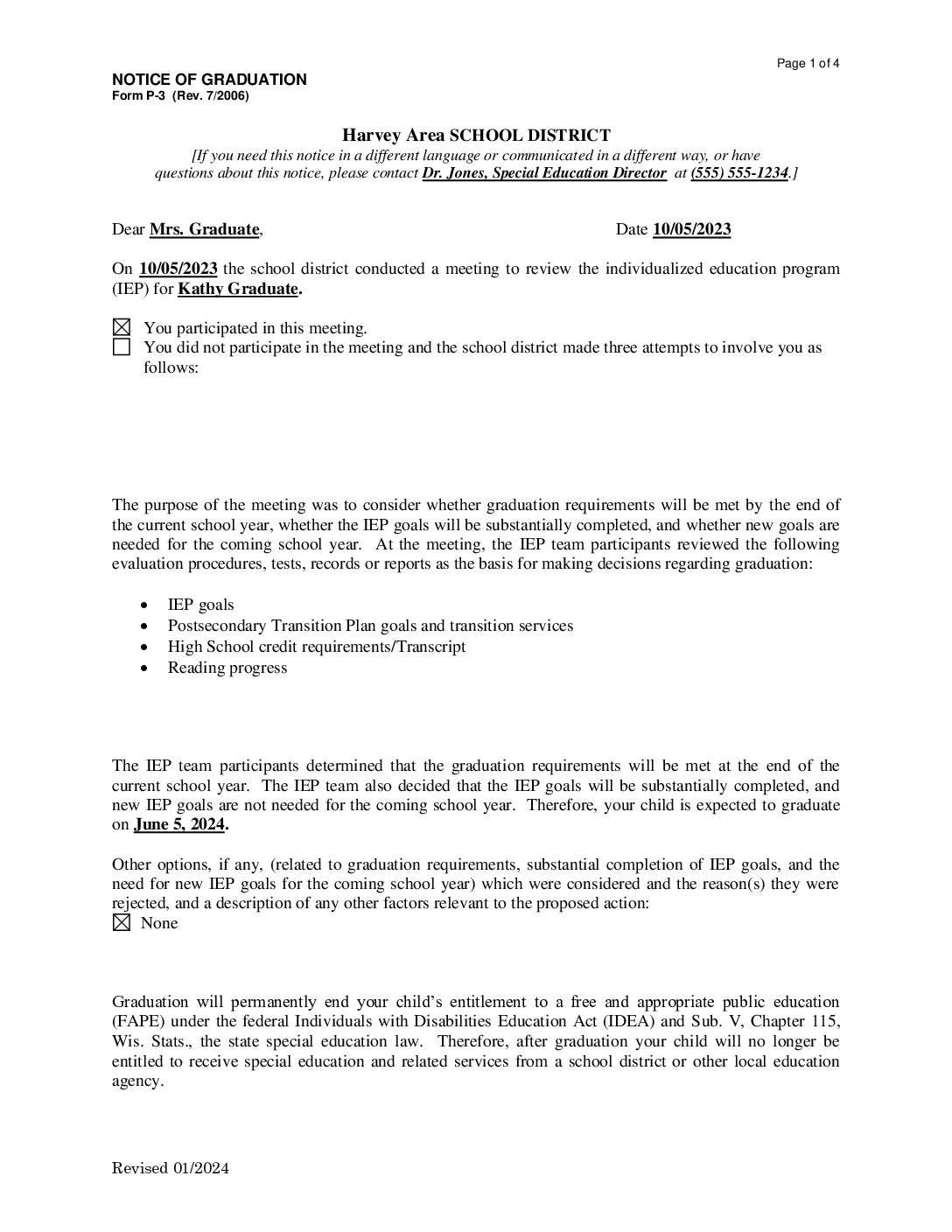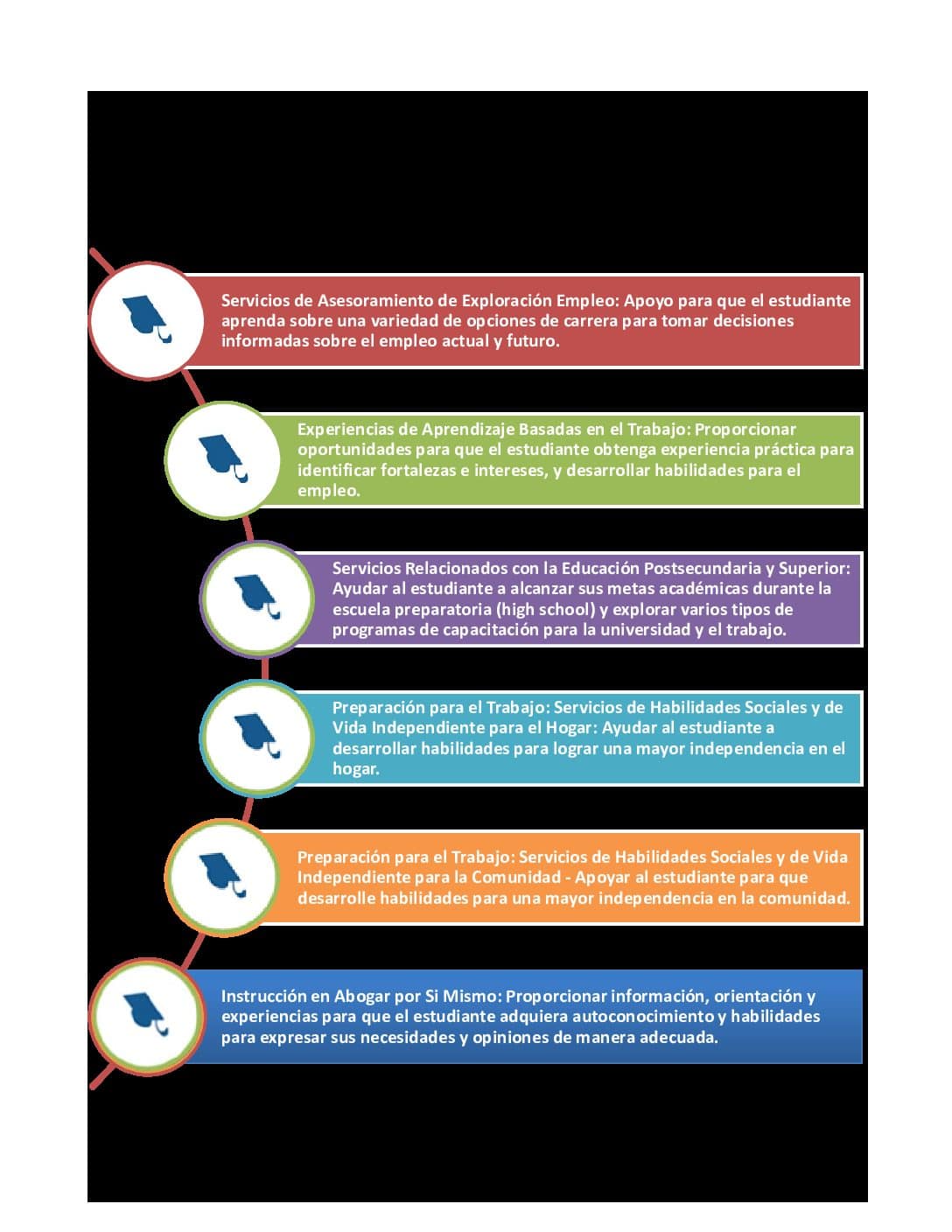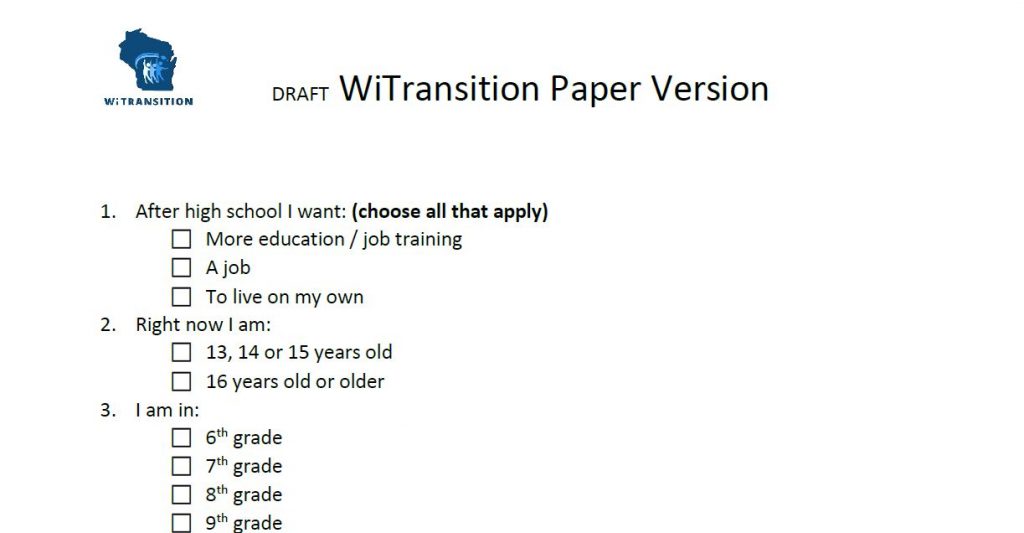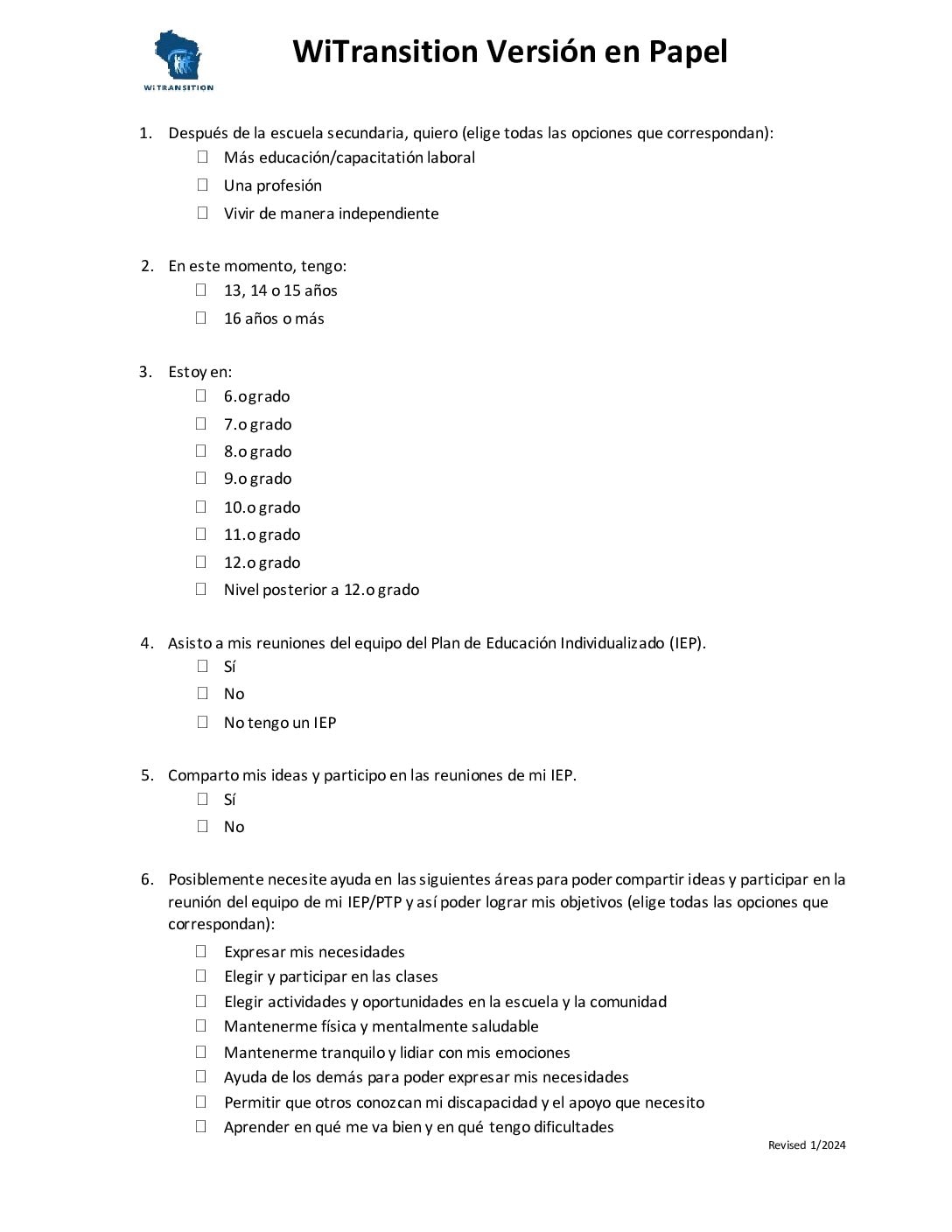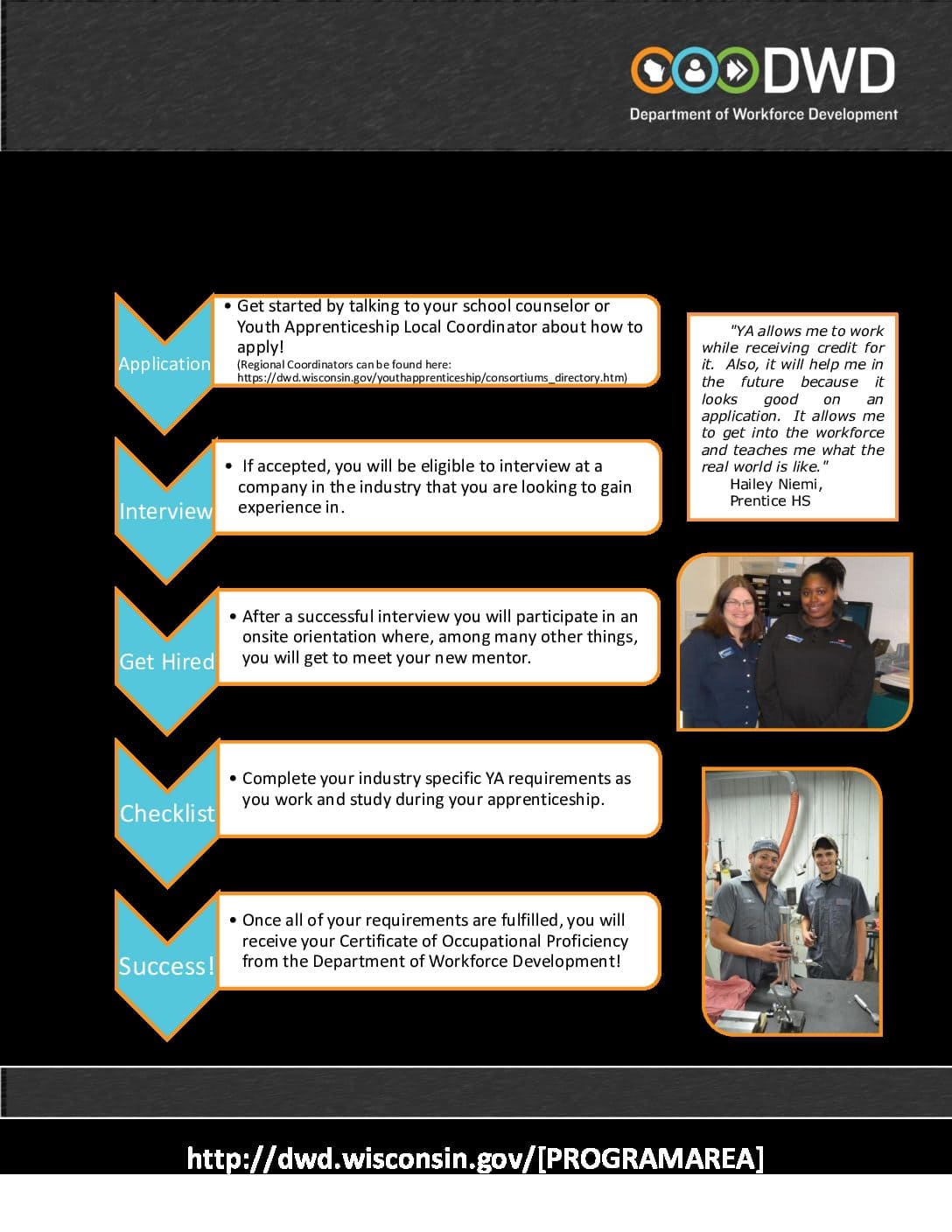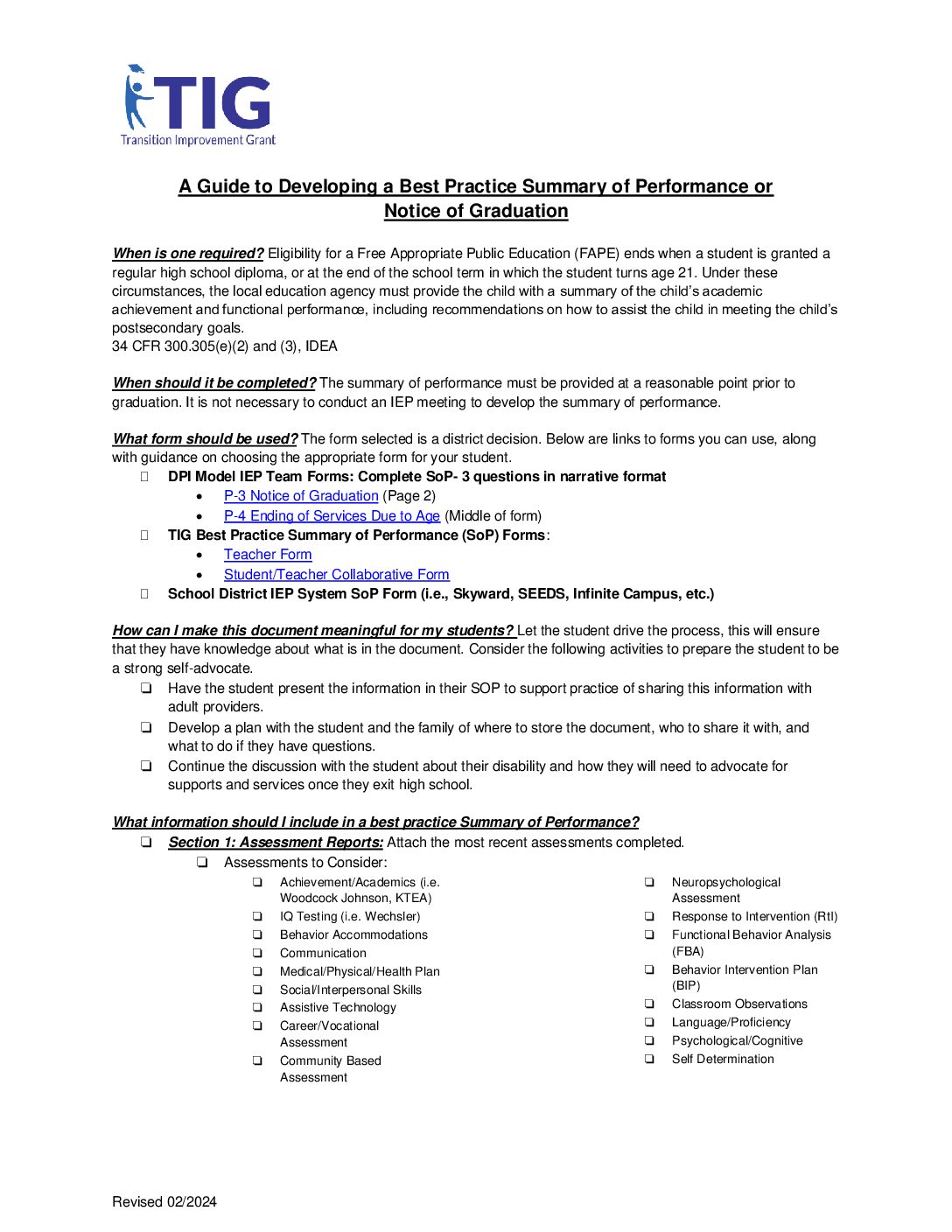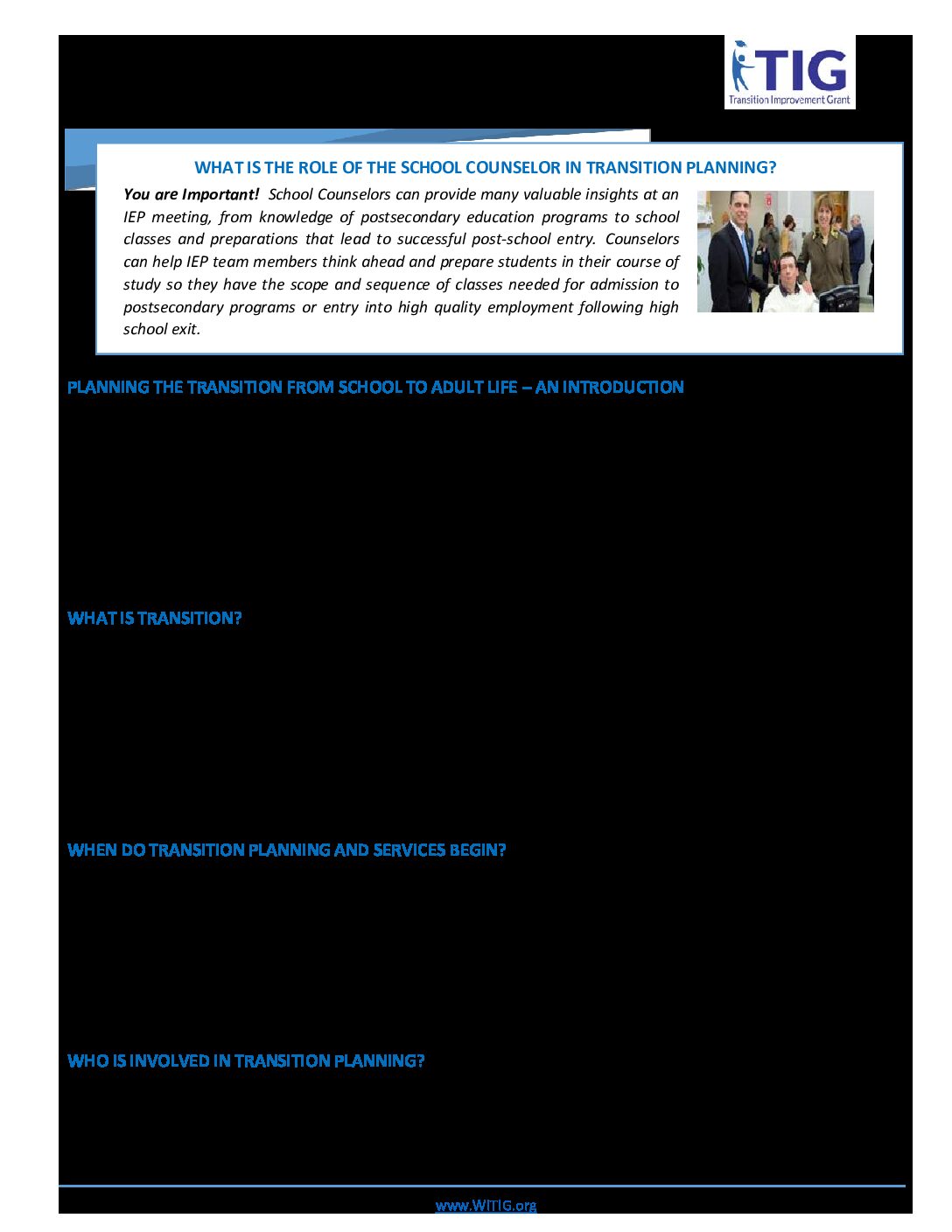Resources
WIOA and Transition Services for Families: College and Careers – That’s the Goal!
Content Areas Best Practices, Indicator 13 - Postsecondary Transition Plan
Resource Type Document
This document was created for family members to explain a new federal law called the Workforce Innovation and Opportunity Act (WIOA), and the related transition services provided to students by schools and the Division of Vocational Rehabilitation (DVR). Families are an important part of the transition planning process and we hope this document is helpful to you. Several sections include links to more detailed information.
WIOA Frequently Asked Questions for Families
Content Areas Indicator 13 - Postsecondary Transition Plan
Resource Type Document
This document lists several commonly asked questions regarding WIOA from the parent's perspective. Answers to these questions, as well as useful resource links are included.
Servicios de transición y la Ley de Innovación y Oportunidades para la Fuerza Laboral – Transition Services for Families – Spanish
Content Areas Indicator 13 - Postsecondary Transition Plan
Resource Type Document
Este documento fue creado para que los miembros de la familia expliquen una nueva ley federal llamada Ley de Innovación y Oportunidades para la Fuerza Laboral (WIOA) y los servicios de transición relacionados provistos a los estudiantes por las escuelas y por la División de Rehabilitación Vocacional (DRV). Las familias son una parte importante del proceso de planificación de transición y esperamos que este documento sea útil para usted. Varias secciones incluyen enlaces que contienen información más detallada.
Ley de Innovación y Oportunidades para la Fuerza Laboral – WIOA FAQ for Families – Spanish
Content Areas Indicator 13 - Postsecondary Transition Plan
Resource Type Document
¿Qué es la Ley de Innovación y Oportunidades para la Fuerza Laboral (WIOA por sus siglas en inglés)?WIOA es una ley federal aprobada en julio de 2014 que incluía nuevas responsabilidades para las escuelas y para la División de Rehabilitación Vocacional (DRV) sobre apoyar a los estudiantes y jóvenes con discapacidades en su transición de la escuela a la universidad y / o a un empleo integrado competitivo. WIOA tiene requisitos específicos para garantizar que los estudiantes con discapacidades reciban servicios de transición para ayudarlos a alcanzar sus metas después de graduarse de la escuela secundaria. Los requisitos de la WIOA para las escuelas entraron en vigencia en julio de 2016. Algunos de los requisitos de la DRV entraron en vigencia inmediatamente cuando se aprobó la ley y otros se implementaron en julio de 2016.
Recommended Agency Questions for Families
Content Areas County Communities on Transition (CCoT), Indicator 13 - Postsecondary Transition Plan
Resource Type Document
This document provides a list of questions for families to ask in general and of specific agencies.
Wisconsin Students and Recent Graduates What’s Up? – Indicator 14
Content Areas Indicator 14 - Post School Outcomes
Resource Type Document
A brochure developed to remind students with disabilities about the WI Indicator 14 survey.
Estudiantes de Wisconsin y graduados recientes – What’s Up Indicator 14 Brochure in Spanish
Content Areas Indicator 14 - Post School Outcomes
Resource Type Document
Puedes marcar la diferencia tan solo al participar en esta importante encuesta. ¡Tu participación es voluntaria y valiosa! Tu distrito te enviará una carta con la nformación sobre la encuesta. El verano después de que hayas salido de la escuela secundaria, un educador te llamará para hacerte preguntas. Responde a las preguntas y habrás hecho tu parte, ¡así de fácil!
Planificación de transición para familias – Transition Planning for Families – Spanish
Content Areas Indicator 13 - Postsecondary Transition Plan
Resource Type Document
El proceso de planificación de transición postsecundaria puede ser abrumador a menos que sepa qué agencias están disponibles para apoyar a su hijo, en dónde obtener la ayuda que necesita y tener un plan sólido de transición con la escuela de su hijo(a). Es importante comenzar a pensar y planificar la vida después de la escuela secundaria lo antes posible.¿Cómo se localiza agencias de servicio adultas?
Transition Services and the Workforce Innovation and Opportunity Act
Content Areas Best Practices, Indicator 13 - Postsecondary Transition Plan
Resource Type Document
This resource was created to help families, youth, educators and agencies as a guide to promote objective educational services for all students as preparation for College and Career readiness.
Transition Services Outlined in the PTP
Content Areas Best Practices, Indicator 13 - Postsecondary Transition Plan
Resource Type Document
There are 6 basic components to the Transition Services/Pre-ETS as outlined by WIOA law. This document breaks each component down and provides descriptions for educators.
Increasing Self Advocacy Skills: Connections to College and Career Readiness Initiatives
Content Areas Self Advocacy
Resource Type Document
This document contains an interactive link to find out more about CCR IEPs, ACP, PTP, DVR, WBL, and Dual Enrollment.
Postsecondary Transition Plan (PTP) Other Statement Use – Guidance on Compliant Use
Content Areas Best Practices, Indicator 13 - Postsecondary Transition Plan
Resource Type Document
This documents include tips when reviewing PTPs for compliance.
Recruiting Students with Disabilities for Youth Apprenticeship
Content Areas Best Practices, Indicator 13 - Postsecondary Transition Plan
Resource Type Document
Remembering that there are many students who have disabilities that are qualified and eager to apprentice is a crucial step in growing your consortium and creating a more inclusive Youth Apprenticeship (YA) Program. Students and employees with disabilities account for a large portion of today's, and tomorrow's, workforce. Everyone has the potential to not only improve themselves through YA, but also their respective industries and Wisconsin's economy! Here are a few things you can do to help better engage students with disabilities.
Sample Notice of Graduation P3
Content Areas Best Practices, Indicator 13 - Postsecondary Transition Plan
Resource Type Document
This is a sample of a Notice of Graduation (P-3) to be used for reference.
Servicios de Transición – Transition Services Outlined in the PTP – Spanish
Content Areas Indicator 13 - Postsecondary Transition Plan
Resource Type Document
Hay 6 componentes básicos para los Servicios de Transición / Pre-ETS según lo estipulado por la ley de WIOA. A continuación encontrará más información para cada uno de los componentes.
WiTransition App Paper Version
Content Areas Best Practices, Indicator 13 - Postsecondary Transition Plan, Self Advocacy
Resource Type Document
The paper application is intended to be used when technology isn't readily available or for youth to complete ahead of time and input information in one sitting. The application does not save, but a pdf can be generated and emailed to individuals the student chooses.
Transición versión en papel – WiTransition App Paper Version – Spanish
Content Areas Best Practices, Indicator 13 - Postsecondary Transition Plan, Self Advocacy
Resource Type Document
The paper application is intended to be used when technology isn't readily available or for youth to complete ahead of time and input information in one sitting. The application does not save, but a pdf can be generated and emailed to individuals the student chooses.
Your 5 Steps in the Youth Apprenticeship Program
Content Areas Indicator 13 - Postsecondary Transition Plan
This document walks you through the five steps to take when considering Youth Apprenticeship. This includes where to begin, the process to take, and completion.
A Guide to Developing a Best Practice Summary of Performance or Notice of Graduation
Content Areas Best Practices, Indicator 13 - Postsecondary Transition Plan
Resource Type Document
This guide outlines the requirements and recommendations for completing the Summary of Performance or Notice of Graduation. The Guide is broken down to match each section in the Summary of Performance.
What School Counselors Need to Know about Special Education Transition and IEP Planning
Content Areas Indicator 1 & 2 - Graduation and Dropout Rates, Indicator 13 - Postsecondary Transition Plan, Indicator 14 - Post School Outcomes
Resource Type Document
You are Important! School Counselors can provide many valuable insights at an IEP meeting, from knowledge of postsecondary education programs to school classes and preparations that lead to successful post-school entry. Counselors can help IEP team members think ahead and prepare students in their course of study so they have the scope and sequence of classes needed for admission to postsecondary programs or entry into high quality employment following high school exit.


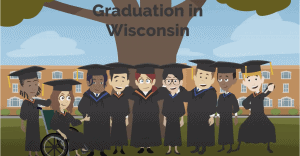

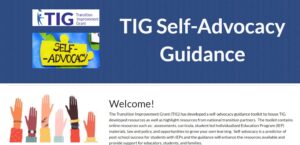 TIG Self-Advocacy Guidance Google Site
TIG Self-Advocacy Guidance Google Site 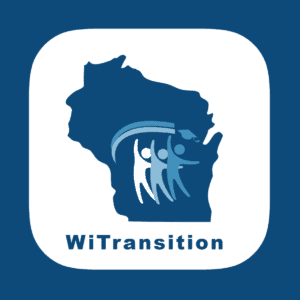
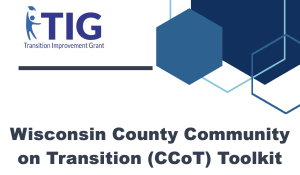 Wisconsin County Community on Transition (CCoT) Toolkit
Wisconsin County Community on Transition (CCoT) Toolkit 